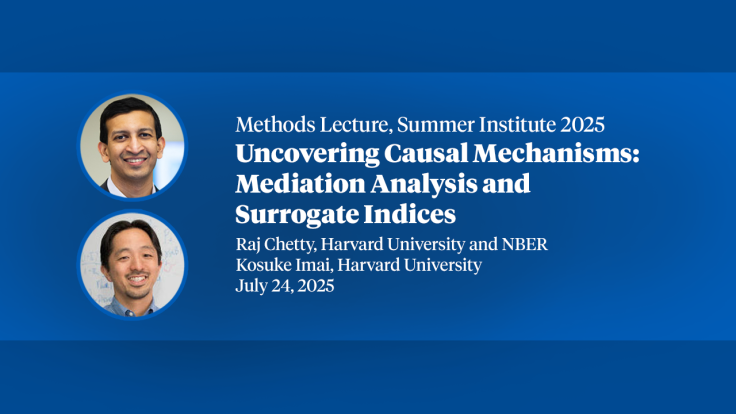Pardons, Executions and Homicide
This paper uses a data set that consists of the entire history of 6,143 death sentences between 1977 and 1997 in the United States to investigate the impact of capital punishment on homicide. This data set is merged with state panels that include crime and deterrence measures as well as state characteristics to analyze the impact of executions and governors' pardons on criminal activity. Because the exact month and year of each execution and pardon can be identified, they are matched with criminal activity in the relevant time frame. Controlling for a variety of state characteristics, the paper investigates the impact of the execution rate, pardon rate, homicide arrest rate, the imprisonment rate and the prison death rate on the rate of homicide. The models are estimated in a number of different forms, controlling for state fixed effects, common time trends, and state-specific time trends. Each additional execution decreases homicides by 5 to 6, while three additional pardons generate one to 1.5 additional homicides. These results are robust to model specifications and measurement of the variables.
-
-
Copy CitationH. Naci Mocan and R. Kaj Gittings, "Pardons, Executions and Homicide," NBER Working Paper 8639 (2001), https://doi.org/10.3386/w8639.Download Citation
Published Versions
Mocan, H. Naci and Kaj Gittings. “Getting Off Death Row: Commuted Sentences and the Deterrent Effect of Capital Punishment." Journal of Law and Economics 46, 2 (October 2003): 453-78.
Ehrlich, Isaac and Zhiqiang Liu (eds.) The Economics of Crime. Edward Elgar, 2006.


